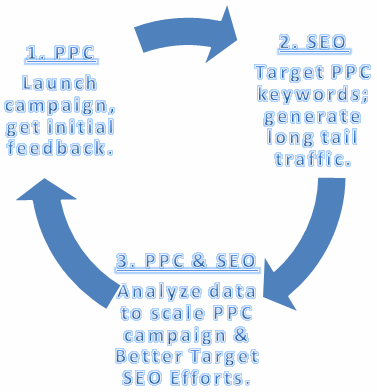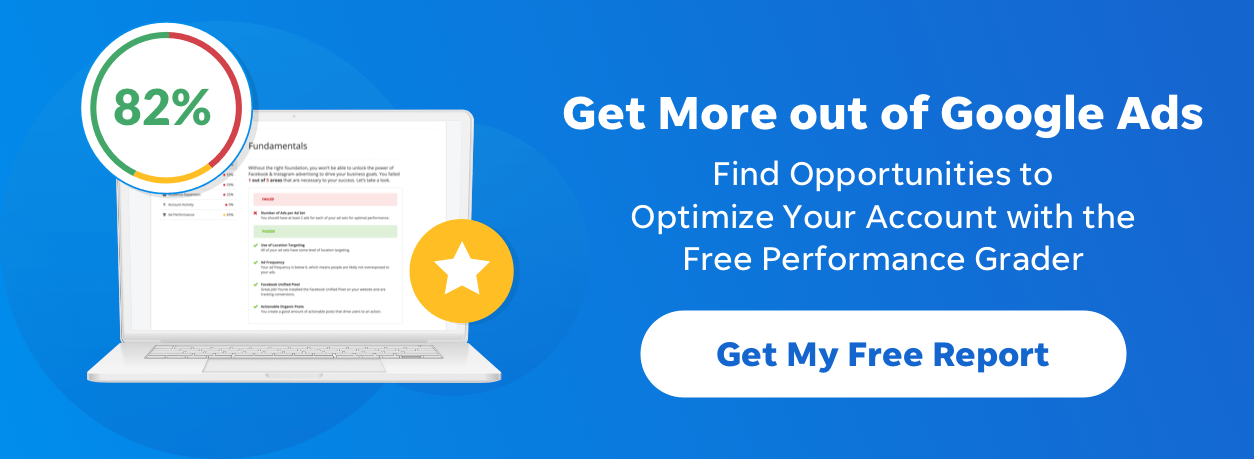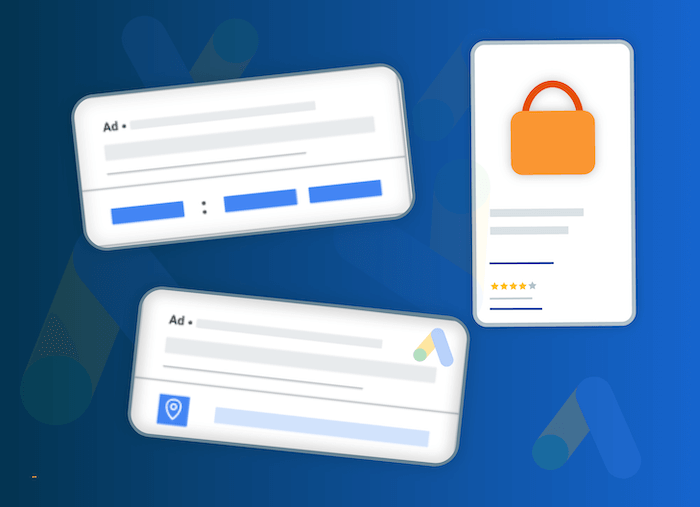
The Power of Data Sharing – How Sharing SEO & PPC Information Can Improve the Results Enjoyed By Both
The Power of Data Sharing – How Sharing SEO & PPC Information Can Improve the Results Enjoyed By Both
January 20, 2017
Anyone engaging in search marketing should be analyzing SEO and PPC concurrently.
By creating a data-driven Web marketing environment in which you can share insights from multiple channels, you provide yourself with a marked advantage over companies and marketers who segment their information sets. This is particularly true within search marketing itself.
Because of the input required for success in the two disciplines, SEO and PPC search engine marketing are often managed separately by everything from pay-per-click tools to agencies to in-house search teams. The implementation of strategies really can require significantly different skill sets. But the DATA offers a very important commonality that should be exploited by anyone attempting to truly “optimize” for search engines.
In this article, we’ll show you an overall process you can implement, along with specific advice as to how you can leverage paid and natural search engine analytic insights to provide lift in both channels.
The PPC to SEO to PPC Keyword Targeting Cycle
While we’re telling you to consolidate certain aspects of your paid and natural search marketing data sets, the fact remains that marketing SEO and PPC marketing have some fundamentally different characteristics:
- PPC is faster – You can set up a campaign and launch quickly. No waiting for content creation, relationship building, or domain authority.
- SEO can scale more cheaply – While SEO isn’t really “free,” you can generally find a means of ranking for a broader set of keywords without paying for each individual click.
- PPC & SEO can benefit from the complete data set – You can finally get an idea of how a keyword performs in one or both channels, and apply that knowledge to both PPC and SEO in order to refine your keyword targeting for both.
So for new sites or in the event that you’re targeting new keyword verticals, the process looks something like this:
But three step processes are never as simple as they look in bulleted form or handy graphics.
In the next installment of our series on SEO & PPC data sharing, we’ll take a practical look at how this 1-2-3 works in practice to find out how to use SEO and PPC keyword data to maximum effect.
Meet The Author
Tom Demers
Tom Demers is Co-Founder & Managing Partner at Measured SEM and Cornerstone Content.
See other posts by Tom Demers
More Articles Like This
Comments
Please read our Comment Policy before commenting.






